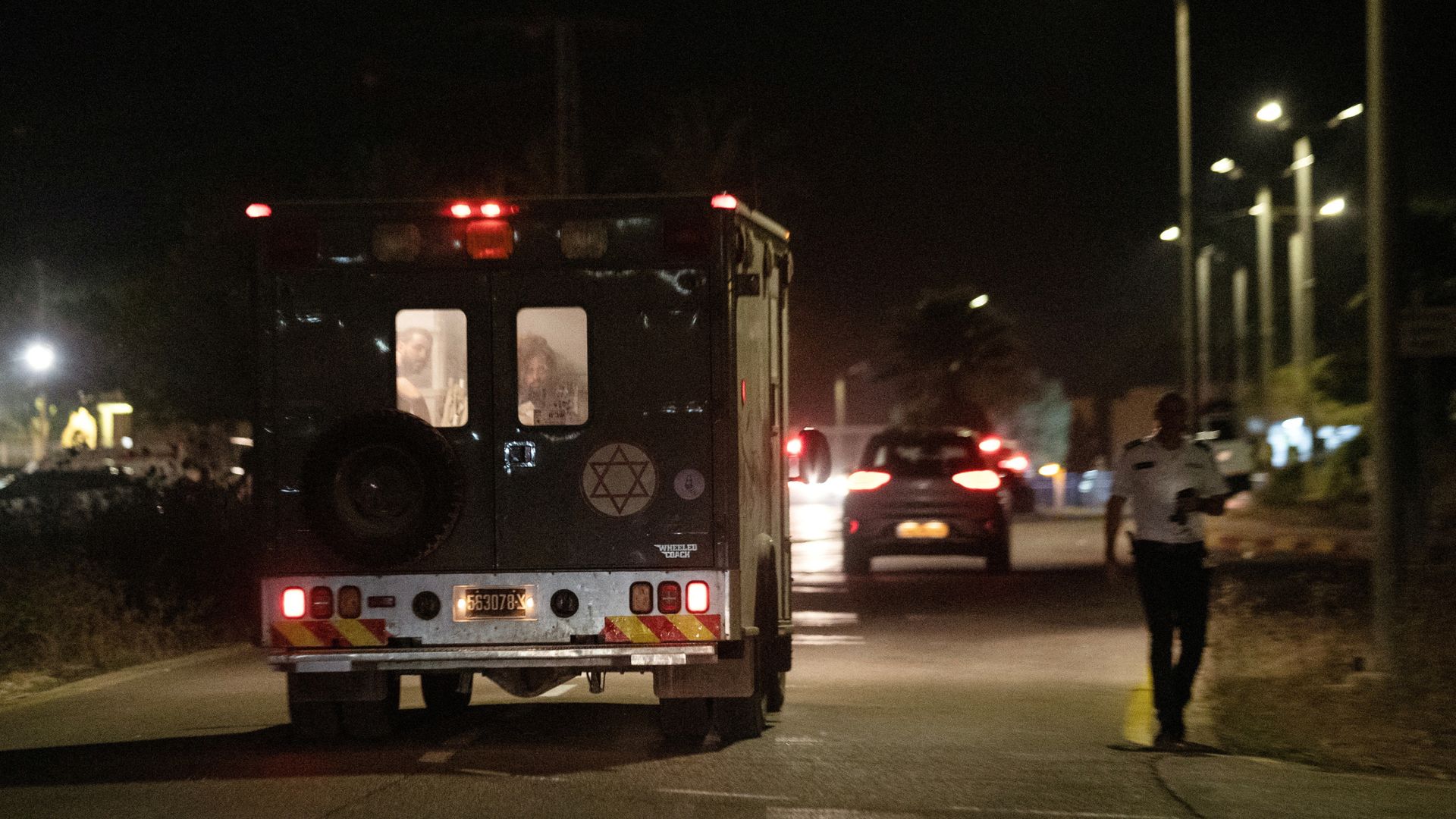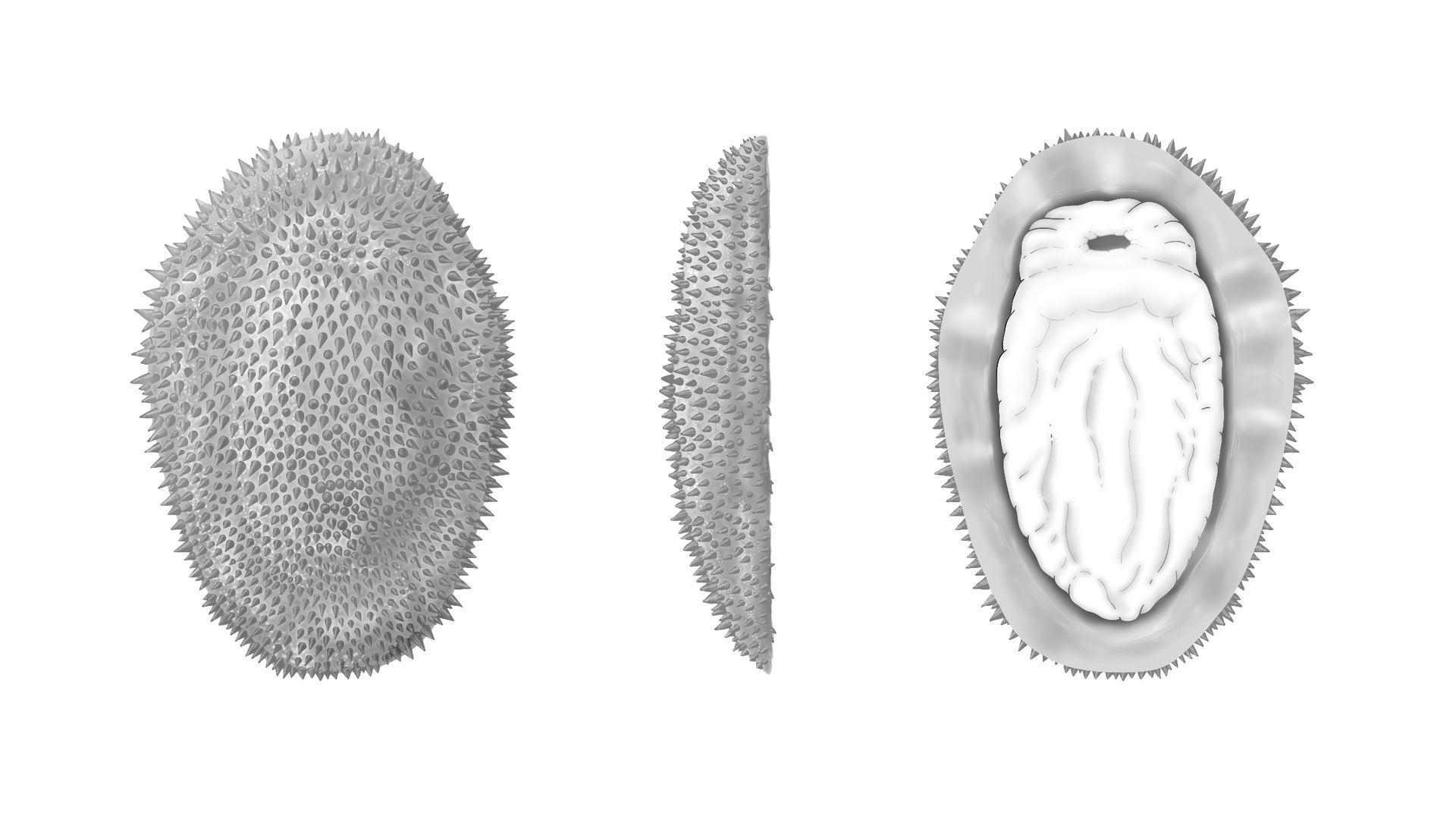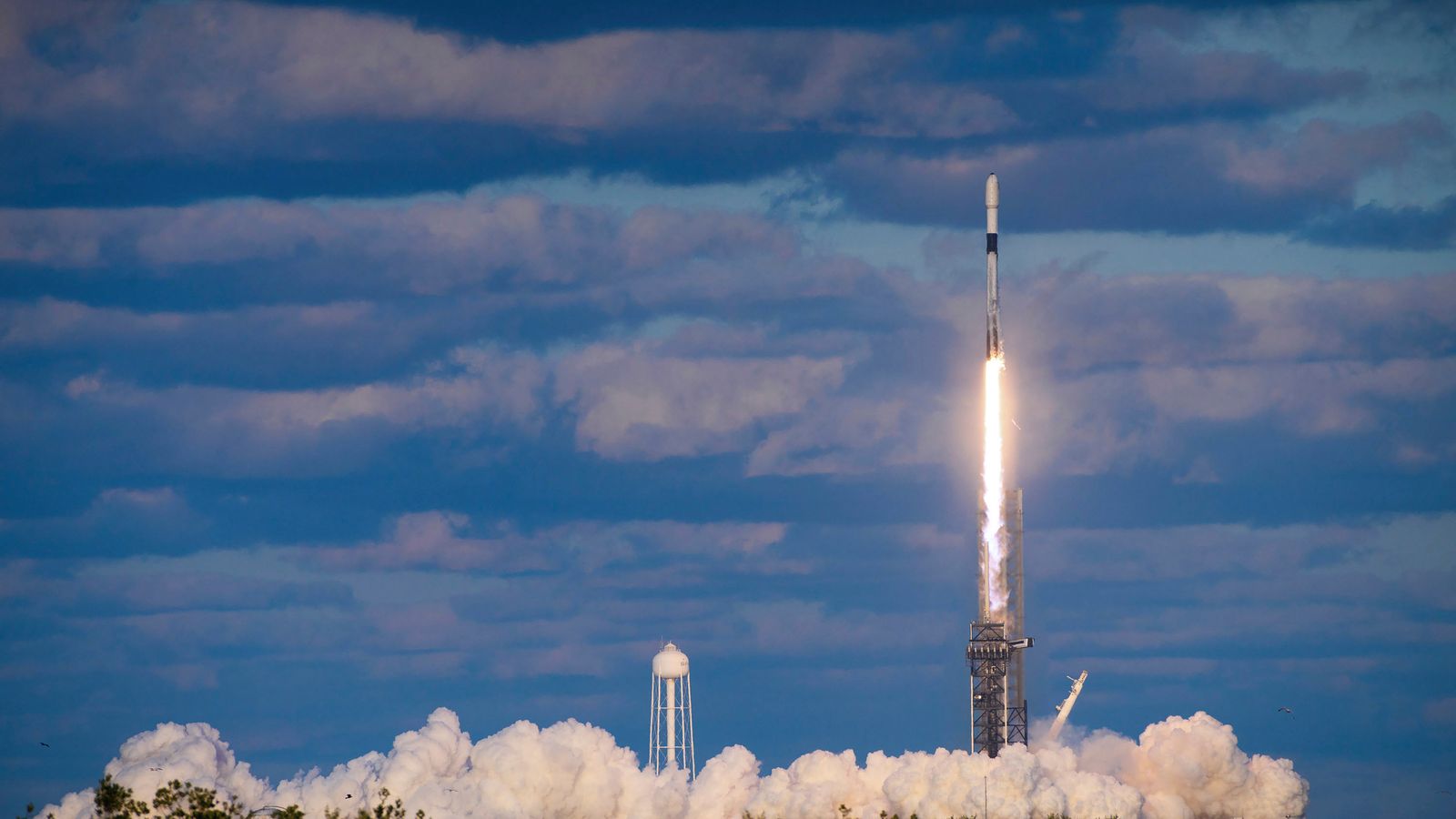The Hezbollah drone attack on an Israeli base over the weekend, which killed four soldiers and injured more than 60, has caused considerable alarm within the IDF.
The drone managed to evade Israel’s sophisticated air defence systems, fly 35 miles south of the Lebanese border and impact a dining hall full of soldiers eating.
Hezbollah claims it was targeting the base, which is plausible, but we can’t be sure whether it was deliberate or sheer chance that they successfully hit a crowded room.
The visits of Israel’s prime minister, defence minister and the IDF chief of staff within hours of one another, are an indication of how serious this incident is being taken. Hezbollah has been launching drones at northern Israel for months.
Please use Chrome browser for a more accessible video player
The tactic is not new and has also been used by other groups in Iraq, Syria and the Houthis in Yemen, who killed one person when a drone exploded in a Tel Aviv apartment in July.
The drones fly slowly (compared to missiles), at a lower altitude, with a smaller radar signature and on a less predictable trajectory.
These factors all combine to make drones much harder to detect and shoot down. They can also be confused for birds. If drone launches are combined with a large barrage of missiles, as was the case on Sunday night, it can confuse, distract or overwhelm the Iron Dome defence system.
Sunday’s attack indicates that Hezbollah has been testing the Iron Dome and refining its tactics as the war has developed.
The drones are relatively cheap but can be incredibly effective. Their low cost is also attractive to militaries and groups like Hezbollah who can fire swarms at targets over a sustained period.
It only needs one to get through and the damage can be considerable.
Keep up with all the latest news from the UK and around the world by following Sky News
Read more:
Ex-Israeli general calls for siege of northern Gaza
EU nations ‘outraged’ after UN peacekeepers injured
The short distance between Hezbollah drone launches and Israeli territory means reaction times must be fast, and Israel’s relatively densely populated territory means that there is also the risk of shrapnel falling on civilian areas from a successful interception.
Russia has used Iranian-supplied drones regularly in Ukraine and it has led many Western military analysts to question whether defence budgets would be better spent procuring thousands of drones rather than a few top-of-the-range missiles.
That fact wasn’t lost on Ukraine’s ambassador to Israel who said he had warned the Israeli Prime Minister’s Office back in February about the damage Iranian-made drones were doing to his country, but received little co-operation from Israel.
Israel, and other militaries, are in the process of developing a laser defence system for dealing with drones and other projectiles. It could be game-changing, but the capability won’t be battlefield-ready for many months.
Be the first to get Breaking News
Install the Sky News app for free
Following its success over the weekend, Hezbollah is bound to keep trying and honing the same tactic, and the IDF must now work out how to stop further attacks.
Israelis live under the protection of one of the world’s best air defence systems, but it isn’t perfect, and when it fails Israelis can be killed, or injured, as Sunday demonstrated.






